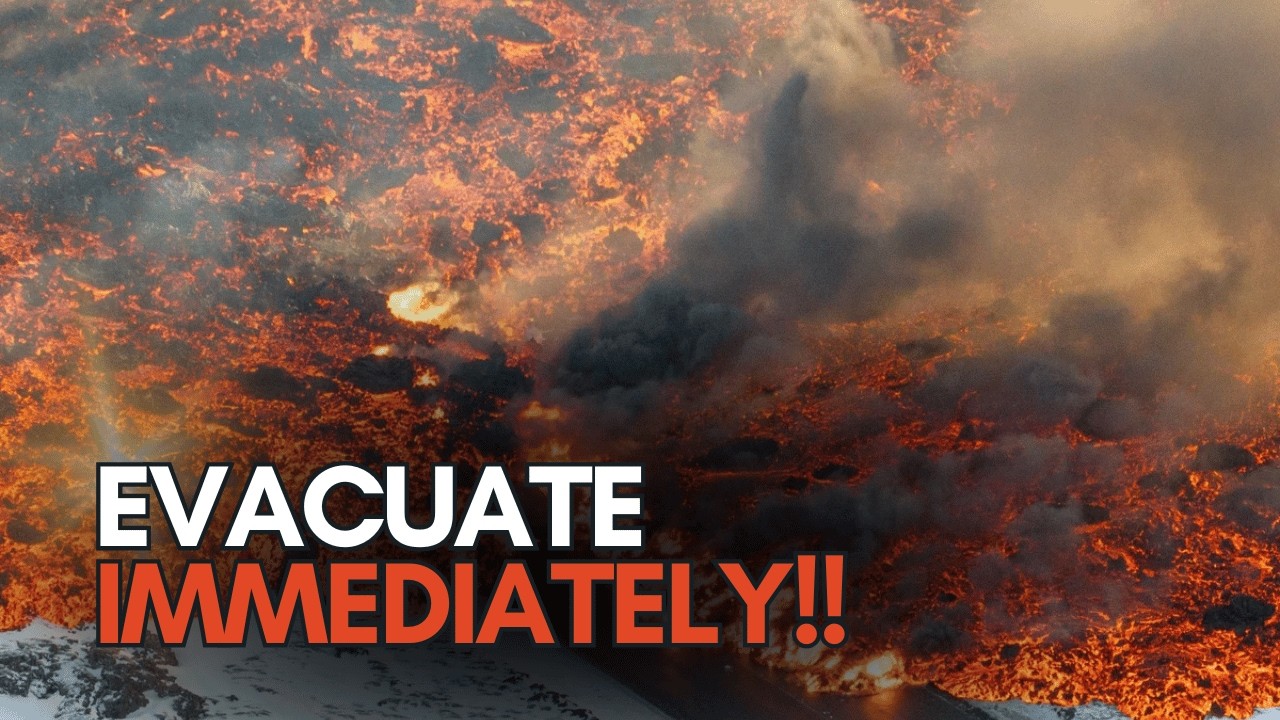Citizens Evacuate Iceland as Volcano Crisis Gets Worse Than Ever

Iceland’s Volcanic Crisis: Unprecedented Eruptions Force Mass Evacuations and Redefine Community Resilience
In recent months, Iceland has been grappling with an extraordinary wave of volcanic activity, transforming the Reykjanes Peninsula from a tranquil geothermal haven into a hotbed of eruptions. Once known for its natural beauty and iconic attractions like the Blue Lagoon, the region now faces an escalating crisis with seven eruptions in just one year. This volcanic upheaval has triggered the largest civilian evacuation in Iceland’s modern history, displacing thousands of residents, particularly in Grindavík.
Rising Volcanic Threats
After lying dormant for centuries, the Reykjanes Peninsula erupted back to life in 2021 with its first volcanic activity in 800 years. Since then, the region has experienced a dramatic surge in eruptions, with the most recent event beginning on November 20, 2024. Unlike earlier eruptions, this one features lava flows spreading in multiple directions, threatening key infrastructure and landmarks. Persistent seismic activity, including thousands of earthquakes, has further disrupted daily life, causing structural damage and widespread anxiety.
The town of Grindavík, home to 3,800 residents, has become the epicenter of the crisis. Multiple evacuations and the psychological toll of ongoing tremors have left the community in turmoil. Many residents, unable to endure the uncertainty, have permanently relocated, marking a significant shift in Iceland’s historic relationship with its volcanic environment.

Scientific Advancements in Monitoring
The scientific response to this crisis has been unprecedented. The Icelandic Meteorological Office has deployed state-of-the-art monitoring systems, including seismometers, GPS stations, and satellites, creating one of the most advanced volcanic observation networks in the world. This technology has revealed a complex, interconnected magma system beneath the surface, challenging existing models of volcanic behavior.
New discoveries include intricate magma channels and reservoirs at various depths, which make predicting future fissures increasingly difficult. Advanced techniques such as seismic tomography and chemical fingerprinting of lava have provided critical insights, while AI-driven analysis of seismic patterns has shown promise in forecasting eruptions. International collaboration and drone technology have further enhanced monitoring efforts, offering detailed data on lava flows, gas emissions, and heat activity.
Economic and Infrastructure Challenges
The ongoing volcanic activity has significantly impacted Iceland’s economy and infrastructure. Critical systems, including power plants, water supplies, and transportation networks, require constant adaptation to withstand lava flows and seismic disruptions. The Blue Lagoon, a symbol of Icelandic tourism, has faced closures and encroaching lava, raising concerns about its future.
The fishing industry, a cornerstone of the Icelandic economy, has been hit hard, with port closures and disruptions to seafood processing and export operations. Meanwhile, the tourism sector has seen fluctuating demand, forcing businesses to reinvent themselves while managing the risks associated with volcanic activity.

Government Response and Community Resilience
The Icelandic government has launched a comprehensive crisis management effort, establishing a dedicated volcanic response center and passing emergency legislation to support affected communities. Financial measures, including relocation grants, tax relief, and business interruption funds, aim to mitigate the economic fallout. Emergency response capabilities have been bolstered with new equipment and enhanced communication systems.
Local communities have shown remarkable resilience, forming support networks and adapting to hybrid education and mobile healthcare solutions. Despite the challenges, Icelanders continue to demonstrate their ability to navigate the upheaval with determination and innovation.
Looking Ahead
Experts believe this could be the start of a prolonged period of volcanic activity, requiring long-term adaptation strategies. Urban planning, economic policies, and international disaster preparedness efforts are being reshaped by Iceland’s experience. The crisis has accelerated research into volcanic prediction technologies, fostering global collaboration and advancing resilience strategies for volcanic regions worldwide.
As Iceland faces this new geological reality, its response serves as both a case study in disaster management and a testament to the strength of its communities.








